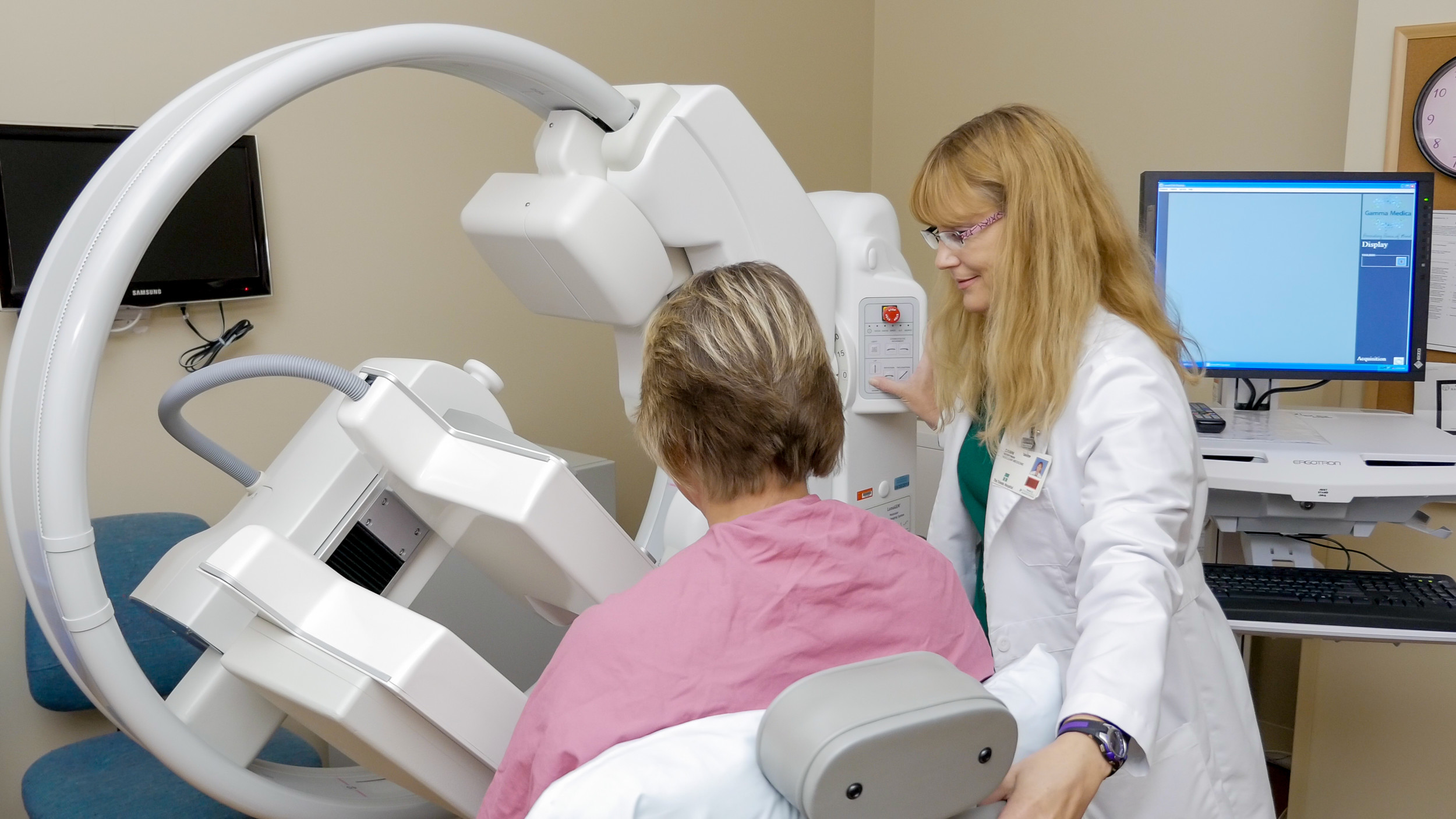According to the Susan G. Komen Breast Cancer Foundation, there will be 266,120 new breast cancer cases diagnosed in women in the United States in 2018. The good news is that newer and better imaging tests are helping detect cancer during its earliest – and most treatable – stages.
Finding breast cancer during its earliest stages empowers women to be active participants in their care. There are more treatment options, and usually they are less invasive. Plus, there’s an overall better prognosis. According to the American Cancer Society, when breast cancer is found in stage 0 or stage 1, the five-year survival rate is nearly 100 percent.
Mammograms are still the gold standard for breast cancer screenings. But these days there are additional imaging tests available.
- Mammogram – According to American Cancer Society guidelines, women ages 45-54 should get a mammogram every year and women ages 55 and older should get one at least every two years. During the test, the breasts are compressed and x-ray energy is used to take a digital image of the breast. Your doctor will review the image and look for lumps, tumors, calcifications or any other suspicious areas that might signify cancer.
One criticism of traditional 2D mammography is that it’s less accurate for women with dense breasts. Newer 3D mammography improves sensitivity and is better for detecting breast cancer in women with denser breasts.
- Breast ultrasound – This type of imaging test is primarily used to evaluate clinical symptoms and complement mammograms. Breast ultrasound gives an accurate measure of solid masses or cysts as well as provides imaging for harder-to-view areas, such as next to the nipple.
- Breast MRI – During a breast MRI, contrast dye is used to find areas with fast growth or change, which may indicate breast cancer. Women who are at a higher risk for breast cancer should be considered for breast MRI in addition to a mammogram. Sometimes breast MRIs and mammograms are staggered to decrease time between screenings for a greater chance of detecting cancer during its earliest stages.
- Molecular Breast Imaging – Often used with other types of imaging tests, molecular breast imaging is a newer way to address dense breast tissue without radiation exposure. A small amount of radioactive tracer is injected into the arm and activity is tracked to determine if molecules are active. When used in combination with mammography, molecular breast imaging finds three times more cancer than mammogram alone. Edward-Elmhurst Health is the first hospital system in the Chicago area to offer this innovative technology.
Edward-Elmhurst Health offers high-risk breast cancer screenings and prevention clinics at both of our hospital campuses. Our goal is to find breast cancer as early as possible for less invasive treatments and better outcomes.
To learn more about detecting breast cancer, visit us online. To schedule a mammogram, make an appointment online or call 630-527-7730.







